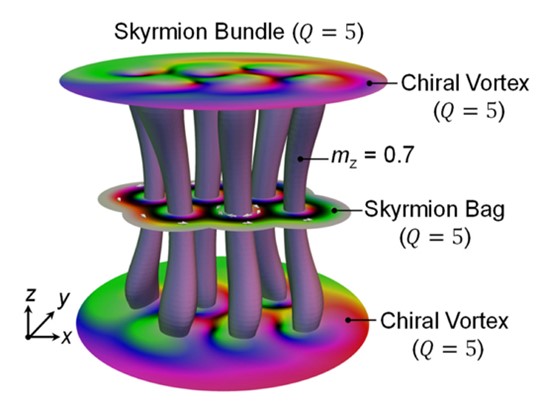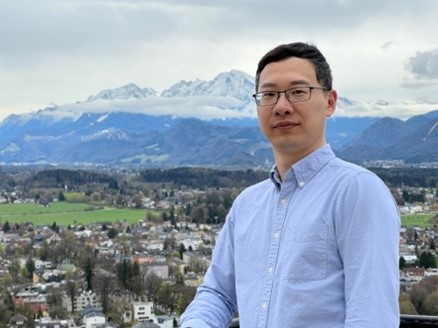SEMINAR 2024
Topological spin textures in three-dimensions
| Speaker | Jiadong Zang, University of New Hampshire |
| Date/Time | Wednesday, 24 January, 3PM |
| Location | Conference room: S11-02-07 |
| Host | Asst/P Anjan Soumyanarayanan |
Abstract
Chiral magnets are a series of magnets with broken inversion symmetry. A new type of spin interaction therein, the Dzyaloshinskii-Moriya interaction, stimulates the formation of many novel topological spin textures. One important example is the emergence of magnetic skyrmion, whose nontrivial topology enables unique dynamical property and thermal stability and gives rise to promising applications in future spintronic devices.
However, skyrmion is a topological texture well-defined in two-dimensions. In this talk, I will try to generalize skyrmion textures to three-dimensions, and discuss skyrmionic 3D spin textures in chiral magnets, including target skyrmion, skyrmion bundle, and skyrmionic vortices. I will also discuss the magnetic hopfion, a rigorously defined 3D topological texture. We propose the presence of zero-field hopfion in synthetic chiral magnetic multilayers. All these 3D textures exhibit novel dynamical properties that can be formulated in terms of collective coordinates. These works could stimulate the development of 3D spintronics.


Biography
Prof. Jiadong Zang received bachelor’s degree in 2007 and PhD degree in 2012, both from Fudan University. He was a postdoctoral fellow in the Institute of Quantum Matter at the Johns Hopkins University during 2012-2015. In 2015, he joined the Department of Physics at the University of New Hampshire (UNH) as an assistant professor. He was promoted to associate professor in 2020, and then to the full professor in 2023. His research field is theoretical condensed matter physics with a focus on many aspects of magnetism, including topological magnetism, quantum transport, and functional magnetic materials. Prof. Zang was recipient of IUPAP Young Scientist Prize in the field of magnetism and the Alexander von Humboldt Fellowship for Experienced Researchers. He is the vice chair of the APS New England Section.
